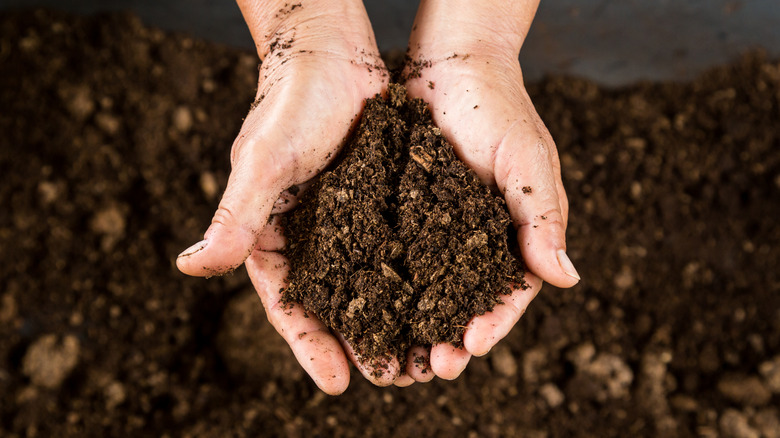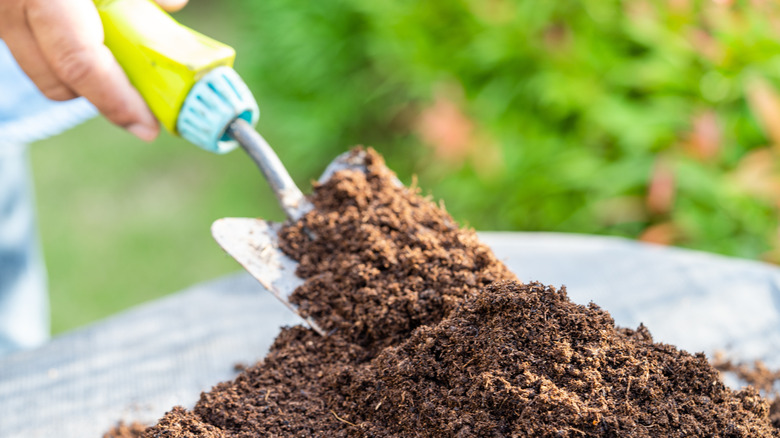What Is Peat Vs. Peat Moss? (And Where You Could Be Using Them)
When it comes to gardening or soil health, both peat and peat moss are excellent tools for improving soil structure and moisture retention, often touted as a natural solution that will help your garden thrive. Despite their apparent similarities, these two have some significant distinctions. Peat is a broader term for decomposed plant matter that's found in bogs, while peat moss is just the top layer of moss that is harvested for its horticultural purposes. Understanding their differences will help you make the right choice for your gardening needs.
Peat is partially decomposed organic matter that forms in wet, low-oxygen environments like bogs and wetlands. Over thousands of years, plants, such as mosses and grasses, slowly break down in soggy conditions, and this slow decomposition leads to the formation of peat. Peat itself is dark, spongy, and retains a lot of moisture, making it great to help improve both the structure and water retention in garden soil. Peat is commonly used as a soil amendment, organic mulch, or alternative to topsoil. It can also be shaped into peat pots to make transplanting easier since they can be planted right into the ground.
Peat moss: A special type of plant material
But what is peat moss, and how do you use it in your garden? Well, peat moss, often referred to as sphagnum moss, is fibrous and airy in texture, made up solely of the top layer of the peat. This makes it a popular component of potting mixes and seed-starting blends. Peat moss is commonly used in mixes for container plants, hanging baskets, and seed-starting trays, where aeration and moisture retention are crucial. Its ability to hold moisture without becoming waterlogged also makes it extra helpful to acid-loving plants like blueberries and azaleas, as it can lower the pH of the soil, making it more acidic.
Peat moss is also commonly used as a growing medium when mixed with perlite to encourage healthy root development. Peat moss's moisture retention properties, combined with perlite's ability to improve drainage and prevent compaction, help prevent overwatering and root rot, promoting stronger, healthier root growth. This combination ensures that roots can spread easily and take up nutrients efficiently.
It's important to note, however, that there are some reasons why you shouldn't use peat moss in your garden. Both peat and peat moss have environmental considerations. Extracting peat from bogs can disturb sensitive ecosystems, which are important carbon sinks. Harvesting peat releases carbon dioxide, contributing to climate change. As a result, many gardeners are turning to more sustainable alternatives, such as coconut coir, which offers similar benefits with less environmental impact.

